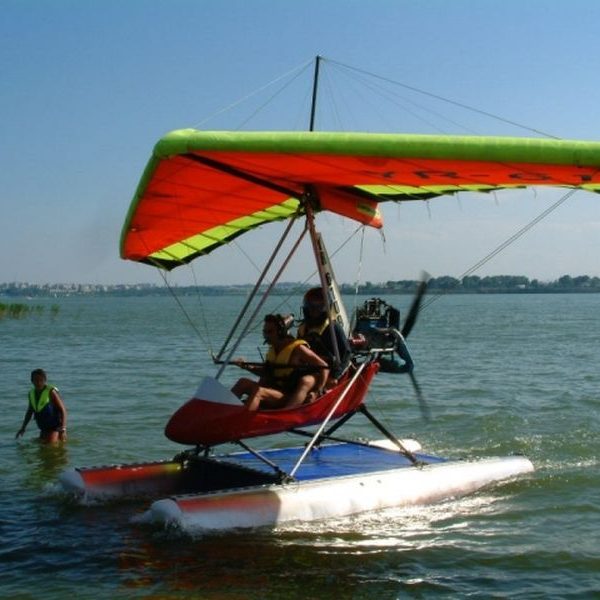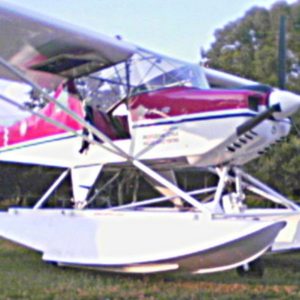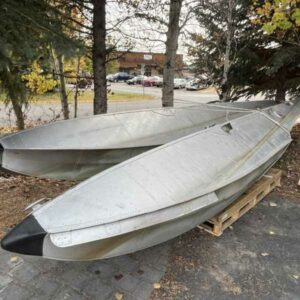No products in the cart.
Aircraft Floats
Showing all 3 results
Filters Sort results
Reset Apply
The floats are made of fiberglass & the weight of the total set is 50 kg. Installation is possible on the racer trike only. Not amphibian, floats only, but we give the wheels with the trike. Last Updated: 27-09-2022 | ||
The Floats are very lighter in order to minimize performance loss when adding them on the aircraft. Any component are produced with cnc machines, all the parts are pre-holed, so the replacement parts fit perfectly. Last Updated: 07-12-2022 | ||
The Floats are built completely in aluminium alloy, anticorrosive treatment & quality marine sealant makes them very watertight. They have separate waterproofed sections by full-sized bulkheads, in case of any leakage or damage, water will not penetrate into other sections. Last Updated: 07-12-2022 |
Aircraft Floats For Sale on AvPay
AvPay has a range of Aircraft Floats For Sale in the US, Europe, Australia, South Africa and throughout the world. Contact Aircraft Floats Sellers directly on AvPay to compare prices through the Aviation Directories here: https://avpay.aero/directory/
AvPay is a global aviation marketplace that lets you browse a wide selection of Aircraft Floats For Sale. View all of our Aircraft Float Listings and discover other related Aviation Products & Services here: https://avpay.aero/marketplace/
Can’t find the Aircraft Floats you’re looking for? Check-out the Aviation Directories to find an Aviation Company that offers the service you’re looking for: https://avpay.aero/directory/
AvPay: Connecting Aircraft Owners with Aircraft Float Sellers Worldwide!
Landing an aircraft equipped with floats on water can present additional challenges compared to that of landing on a traditional runway. It requires specific skills and techniques due to the unique characteristics of water landings. Water surface conditions can be unpredictable, with factors such as waves, currents, and wind affecting the landing. Pilots must consider the water conditions, including water depth and any potential hazards, to ensure a safe landing. Float-equipped aircraft have different handling characteristics compared to land-based aircraft. The floats introduce additional drag and affect the stability and control of the aircraft during landing. Pilots need to be familiar with the specific handling qualities of their float-equipped aircraft to make proper control inputs. Landing on water requires a different touchdown technique compared to landing on a runway. The touchdown should be done with a controlled descent rate to minimize impact forces. The goal is to maintain directional control and avoid porpoising (bouncing) on the water surface. After touchdown, the pilot needs to maintain directional control using the water rudders or other control surfaces designed for water operation. Floats do not provide the same braking capability as land-based wheels, so pilots must use aerodynamic braking techniques, such as deploying flaps, reducing engine power, or using reverse thrust (if available) to slow down and bring the aircraft to a stop. Water landings may occur in varying weather and environmental conditions. Factors such as wind, visibility, water temperature, and presence of obstacles or wildlife must be considered to ensure a safe landing. To safely land an aircraft equipped with floats on water, pilots typically undergo specialized training specific to seaplanes or floatplanes. This training covers topics such as water operations, emergency procedures, and techniques for handling the unique challenges of water landings. It’s worth noting that the difficulty of landing a float-equipped aircraft on water can vary depending on factors such as pilot experience, aircraft design, and the specific water landing location. Experience and proficiency in water landings are crucial to ensuring a safe and successful operation.




